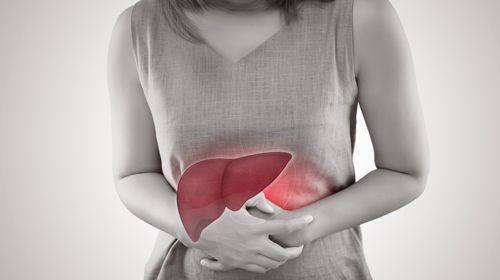Introduction:
Cirrhosis of the liver is a late-stage liver disease in which healthy liver tissue is replaced by scar tissue, affecting the liver's ability to function. It is a serious condition that can lead to liver failure and death. Cirrhosis often develops slowly over many years, and in its early stages, there may be no symptoms. However, as the condition progresses, it can cause fatigue, jaundice (yellowing of the skin and eyes), swelling in the legs and abdomen, and easy bruising or bleeding.

Cirrhosis is a serious condition, but early diagnosis and treatment can slow its progression and help manage symptoms. Lifestyle changes, such as abstaining from alcohol, maintaining a healthy weight, and eating a balanced diet, can also play a role in managing the condition.
What Causes Cirrhosis of the Liver?
Cirrhosis is caused by long-term damage to the liver, most commonly due to:
- Alcohol abuse: Excessive alcohol consumption over many years is a leading cause of cirrhosis.
- Chronic viral hepatitis: Hepatitis B and C infections can cause long-term inflammation and damage to the liver, leading to cirrhosis.
- Non-alcoholic fatty liver disease (NAFLD): This condition, often associated with obesity and diabetes, involves the accumulation of fat in the liver, which can progress to cirrhosis.
- Autoimmune hepatitis: This occurs when the body’s immune system attacks the liver, causing inflammation and damage.
- Inherited diseases: Certain genetic disorders, such as hemochromatosis and Wilson's disease, can lead to cirrhosis.
- Blocked bile ducts: Obstruction of the bile ducts can result in liver damage and cirrhosis.
Symptoms of Cirrhosis:
In its early stages, cirrhosis often doesn't cause any noticeable symptoms. As the condition progresses, symptoms may include:
- Fatigue and weakness
- Loss of appetite and weight loss
- Nausea and vomiting
- Jaundice (yellowing of the skin and eyes)
- Swelling in the legs and abdomen (ascites)
- Easy bruising or bleeding
- Itchy skin
- Confusion or disorientation
Stages of Cirrhosis:
Cirrhosis progresses through stages, with increasing severity:
- Compensated cirrhosis: The liver is scarred but still able to function relatively well. There may be few or no symptoms.
- Decompensated cirrhosis: The liver is significantly damaged and starts to fail. Symptoms become more severe.
Diagnosis and Treatment:
Diagnosing cirrhosis involves a combination of medical history, physical examination, and tests, including liver function tests, imaging scans (ultrasound, MRI), and sometimes a liver biopsy. Treatment for cirrhosis depends on the underlying cause and the stage of the disease. The primary goals of treatment are to:
- Slow the progression of scarring
- Manage complications
- Address the underlying cause
Lifestyle changes, such as stopping alcohol consumption and managing weight, are essential for managing cirrhosis. Medications can help control complications, such as ascites and hepatic encephalopathy (confusion due to liver failure). In advanced cases, a liver transplant may be necessary.





